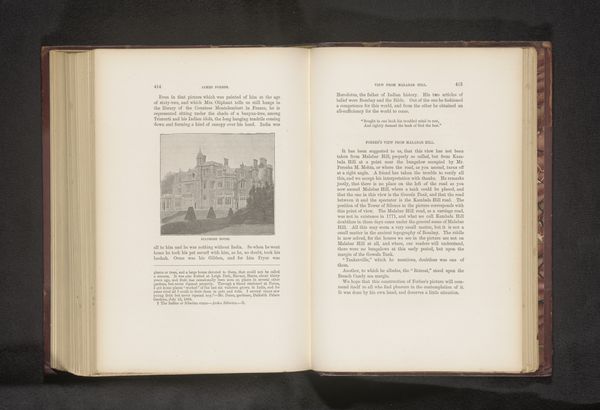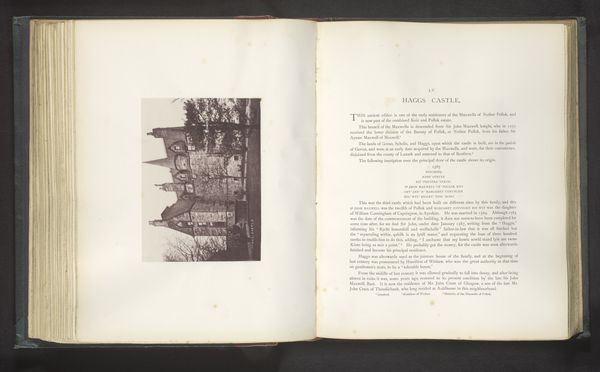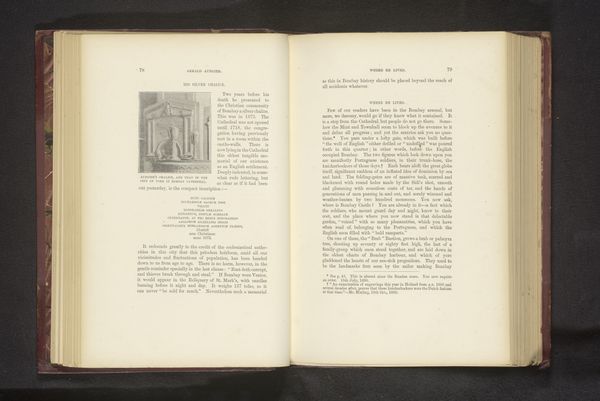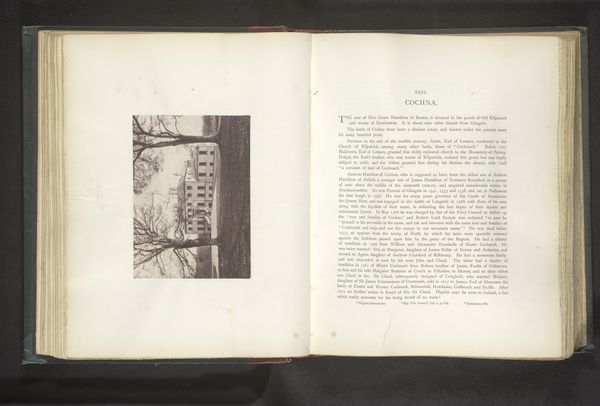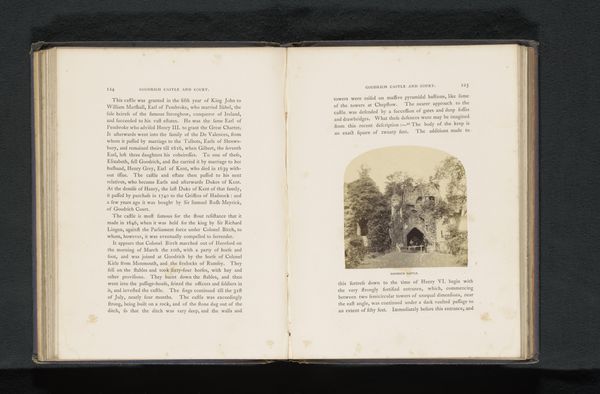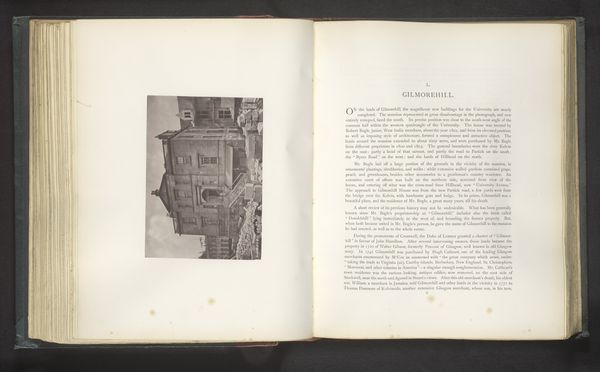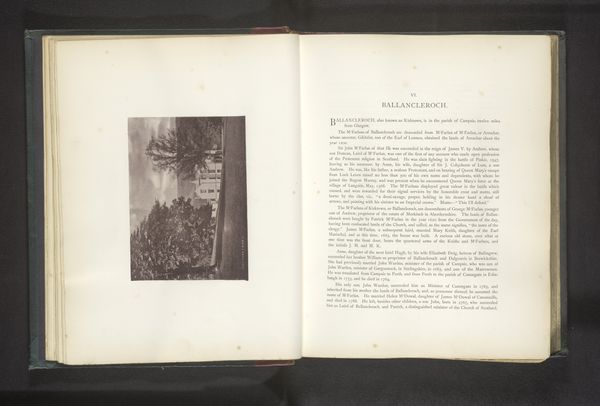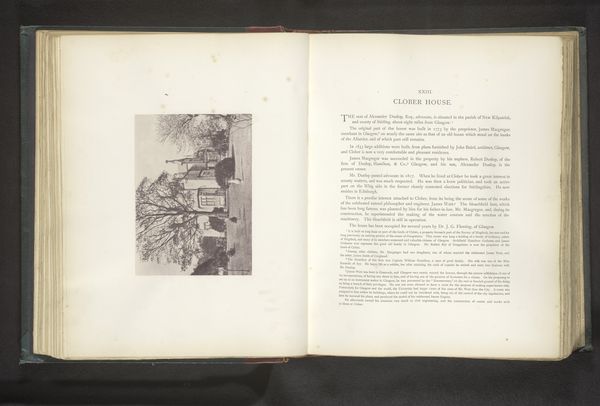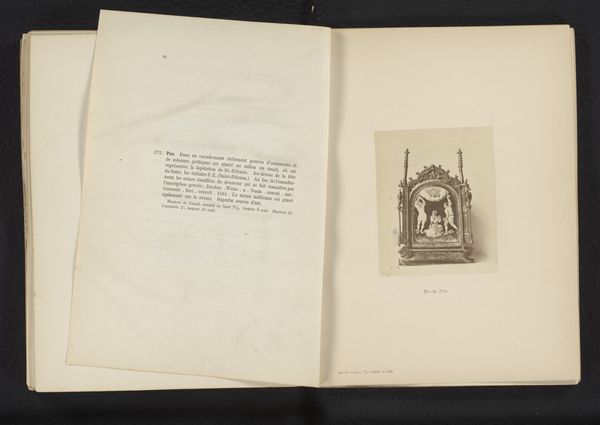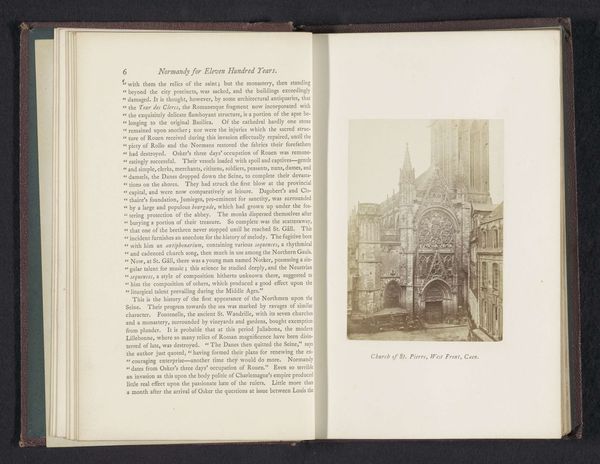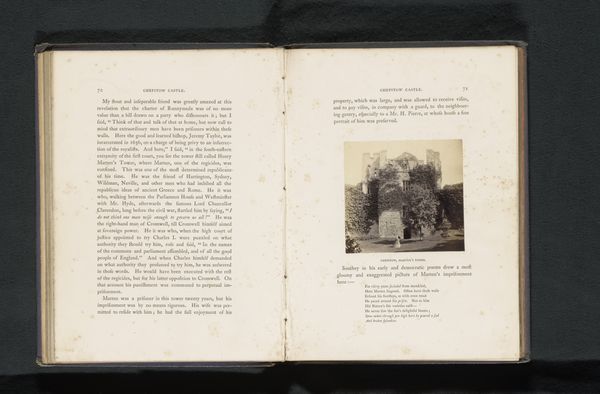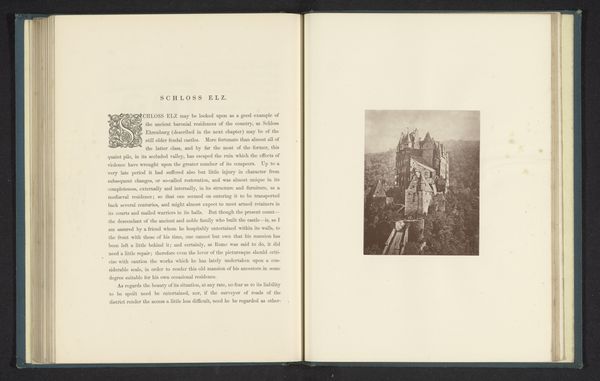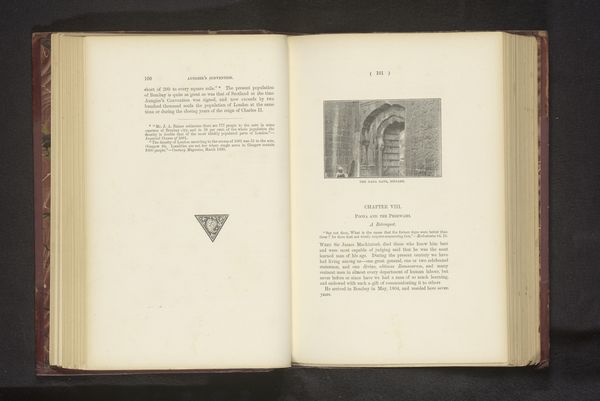
print, textile, photography, collotype, engraving
# print
#
textile
#
photography
#
collotype
#
engraving
Dimensions: height 115 mm, width 82 mm
Copyright: Rijks Museum: Open Domain
Curator: Let’s look at this print, “Bassein Cathedral,” from before 1893, presently held at the Rijksmuseum. It appears to employ collotype and engraving techniques. The piece captures what seems like a decaying cathedral rendered in monochrome. What's your immediate take? Editor: Immediately, the strong verticality grabs me. The lines soar upward, even in its ruined state, creating a melancholic yet powerful composition. The texture created by the various print methods—especially the rough, almost granular collotype—adds a tactile quality, emphasizing the ruin's age and decay. Curator: Precisely. Situated within the larger context of colonialism and the representation of cultural heritage, this work functions as more than a mere architectural study. Bassein, now known as Vasai, holds a history of Portuguese colonization in India, a site where power dynamics played out through religious architecture. The print can be read as a commentary on the transient nature of empires and the lasting impact of cultural imposition. Editor: The balance, though. Despite the clear decay and ruinous state, the geometric forms created in its archways give off a solid foundation. What of it? I read stability within visible transformation? It's almost as if time adds another layer. Curator: Certainly, the architecture provides structure—the arches, as you pointed out—offer a tangible presence. Furthermore, this image circulated at a time when photography and print media were being employed to construct narratives about the Orient. Editor: Speaking of, the contrast! Even with the aged sepia tone, you can't deny it leads one's eyes to all focal elements. This focus on detail amplifies what one would only notice upon very close observation. Curator: So true! We’ve begun to unveil that there are layers that the stark medium might betray. What began as mere documentation slowly transformed into sociopolitical and artistic reflections. Editor: I agree. In seeing its components of form and function, and how it can shift context. I now understand the narrative—even deconstructed, the work speaks to both physical and conceptual interpretations.
Comments
No comments
Be the first to comment and join the conversation on the ultimate creative platform.
